

When we first found out about Prince of Persia: The Forgotten Sands, it was impossible to not be skeptical. After closing out the Sands of Time trilogy and dropping wads of cash on a flashy new reboot for the franchise, publisher Ubisoft just suddenly decided that the character was too good to let go? And this decision just happened to coincide with the feature-film adaptation of the first game?
Right.
Above: Purely coincidental!
This had “bullshit tie-in” written all over it. Still, Ubisoft repeatedly assured us (and everyone else in the gaming press) that Forgotten Sands wouldn’t be a movie game, and that its release date was a coincidence, even though it’s hitting shelves exactly 10 days before the film’s release. Suspicious as these claims seemed, they were backed up by some slick gameplay demonstrations that gave us hope that Forgotten Sands wouldn’t be crap, even if its redesigned Prince sort of looks like what you’d get at the center of a Venn diagram made up of his old appearance, Jake Gyllenhaal and Eric Stoltz in Mask.
Above: Gross
Now that the game is out, there’s one burning question to be answered: Did this turn out to be a worthy sequel to the Sands of Time franchise? Or is it just a vapid rush job?
The short answer to both of those questions is “yes.” Forgotten Sands isn’t quite as meaty as previous games in the series, like The Sands of Time or even The Two Thrones. Where those games focused on exploration and treated their environments as giant puzzles, Forgotten Sands treats them like demanding obstacle courses; thanks to the liberal use of fixed camera angles and a very deliberate approach to level design, there’s usually very little doubt as to which path you’re supposed to take.
Even the solutions to the big, open puzzle rooms will quickly become obvious once you’ve found the critical first handhold. The challenge, then, comes not from figuring out where you’re supposed to go, but from carefully timing each move through the obstacles ahead of you, whether they’re a series of wall-mounted buzzsaws or a chain of objects that require magic to become useful (more on that later).
Above: That’s not always true, though; the massive Astrolabe is one hell of a platform puzzle
On the other hand, holy Christ is Forgotten Sands fun. It might not have the depth of its predecessors, but it takes everything that was good about them and streamlines it into an adventure that rarely slows down and never really gets frustrating. Your path might be clear and linear most of the time, but it’s a blast to traverse, and taking out most of the guesswork means you’re free to blindly chain together acrobatic moves so quickly, it’s impossible not to feel like a badass when you nail them all.
That said, it’s important to stress that you’re not just randomly pushing buttons to make the silly man do the cool things. Unlike the 2008 Prince of Persia reboot, which boiled almost every action down to a single button press, Forgotten Sands brings back some of the sense of control that made the Sands games fun – which is to say that A) you have to hold down the right trigger to run across walls again, and B) you can once again reverse time whenever you’ve missed a jump or otherwise made a stupid mistake.
Above: It’s hard to tell without seeing it in motion, but this is what rewinding time looks like
Forgotten Sands also fixes one of the biggest irritations from previous games in the series: jumping while hanging from a ledge. In the Sands trilogy, hang-jumping enabled players to jump straight up, sideways across a vertical gap or straight backwards, which frequently resulted in rewinds and/or deaths if you messed it up. This time around, hitting jump only ever results in a direct 180-degree leap away from the ledge you’re hanging on, while scrambling up or sideways are now handled by the wall-run. It takes a little getting used to, but it means a lot fewer cheap deaths.
That just leaves one other longstanding problem from the Sands of Time series: the combat. While the 2008 reboot addressed this by turning fights into elaborate, combo-heavy duels against single opponents, Forgotten Sands takes the opposite approach and pits you against mobs of sand zombies. Not only does this work surprisingly well, but it introduces a whole new dynamic to the fighting: crowd control.
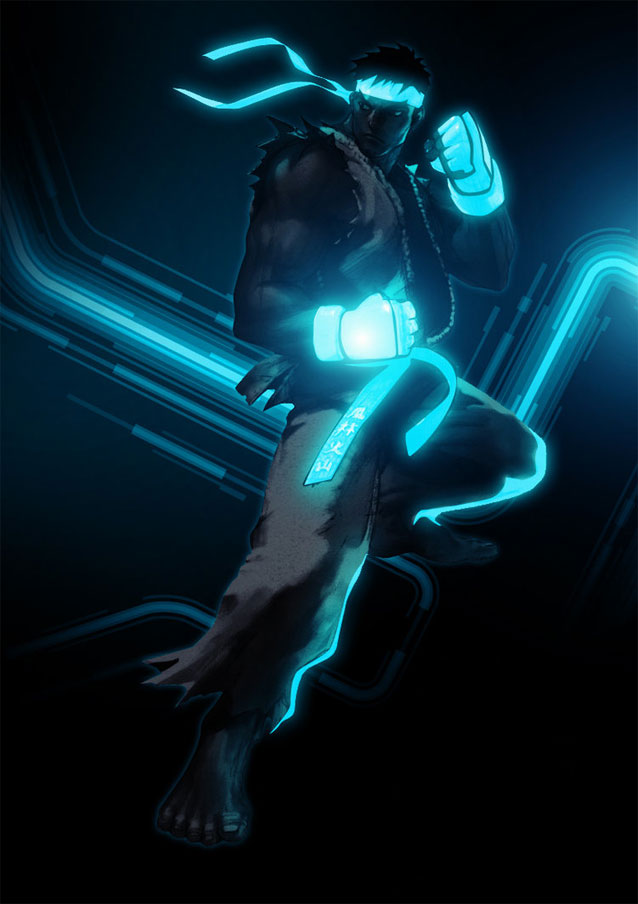
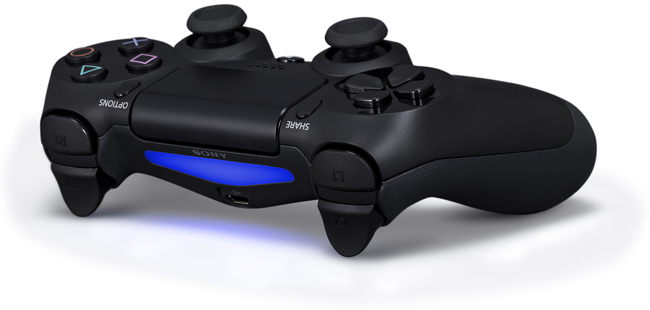
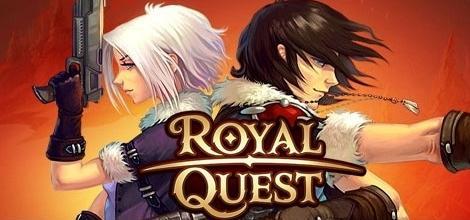
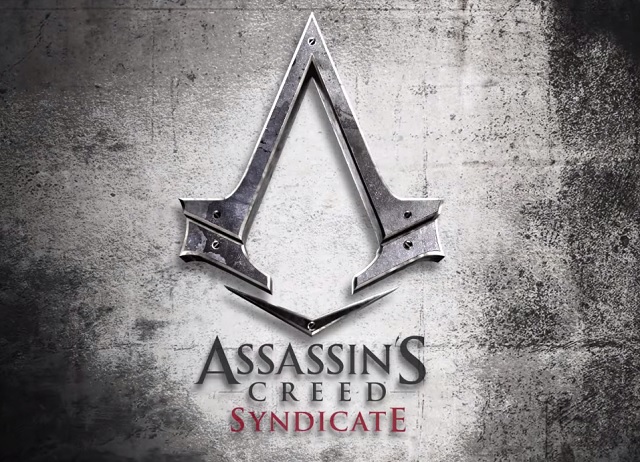
 The Vanishing of Ethan Carter: An Interview With Adrian Chmielarz
The Vanishing of Ethan Carter: An Interview With Adrian Chmielarz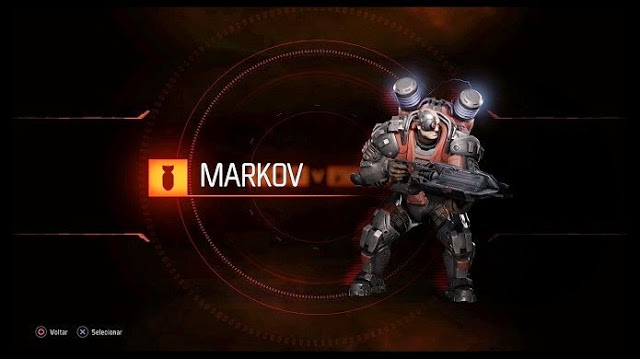 Evolve: Markov, Hyde, Parnell - Master Assault Class
Evolve: Markov, Hyde, Parnell - Master Assault Class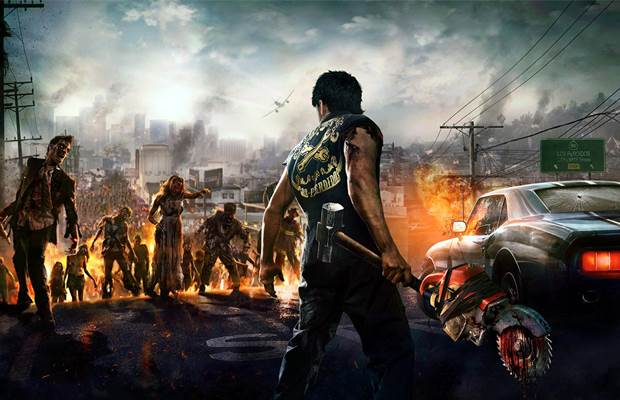 GC Review: Dead Rising 3
GC Review: Dead Rising 3 How to Disable Facebook and Other Notifications in Chrome
How to Disable Facebook and Other Notifications in Chrome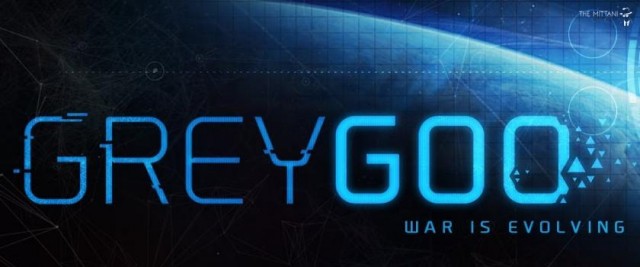 Grey Goo Ultimate Beta: Tips for Better Attack, Placement of Hubs, Resources, Refiners and Extractors, Silos and more
Grey Goo Ultimate Beta: Tips for Better Attack, Placement of Hubs, Resources, Refiners and Extractors, Silos and more